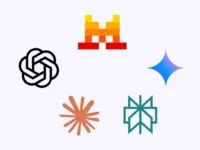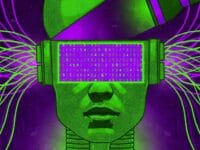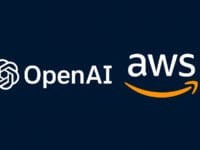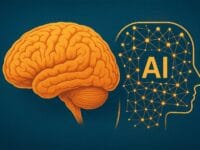Publié : 19 September 2025
Actualisé : 3 weeks ago
Fiabilité : ✓ Sources vérifiées
Notre équipe met à jour cet article dès que de nouvelles informations sont disponibles.
Figure and the Go-Big Project: Revolutionizing Robot Learning
Figure is tackling a major challenge in robotics: how to teach humanoid robots to perform complex everyday tasks? Their answer: the Go-Big project.
💡 Key Point: Figure rejects the idea of a “YouTube for robots” and focuses on creating a unique learning database.
Unlike chatbots that train on massive textual data from the web, Figure has chosen a different approach for its robots. The company favors capturing human movements to transpose them to machines.
Go-Big: An Unparalleled Database
Figure has partnered with Brookfield, owner of more than 100,000 homes, to build “the world’s largest humanoid pre-training dataset.”
💡 Key Point: Access to homes, offices, and warehouses diversifies learning environments and allows for exploration of various tasks.
This partnership provides Figure with privileged access to a variety of environments: apartments, houses, offices, and warehouses. This diversity is essential to explore a wide range of potential activities for robots, particularly in handling and logistics.
The Contribution of Subjective View
Go-Big’s innovation lies in the use of sequences filmed in subjective view (POV). Cameras worn on people’s heads allow capturing data close to the visual perception of a humanoid robot.
💡 Key Point: The subjective view (POV) is crucial to simulate a robot’s visual perception and optimize its learning.
This data collection method, already underway, is expected to intensify in the coming months. The objective is to build a massive and diversified database, similar to Wikipedia for language, YouTube for video, or ImageNet for computer vision, but specifically dedicated to robotics.
Pre-training: General Training for Specific Tasks
Pre-training consists of exposing an AI model to a large amount of generic data so that it acquires basic skills. This process is crucial to prepare the robot for more specific tasks, such as taking out the trash, cleaning, or performing handling operations.
“Every major advance in the field of machine learning is the result of exploiting large and varied datasets.” – Figure
Go-Big Project Summary Table
Figure’s Go-Big project marks a significant step in the evolution of robotics. By focusing on an innovative learning approach, Figure paves the way for more efficient humanoid robots capable of performing increasingly complex tasks.
❓ Frequently Asked Questions
How does Figure plan to address potential biases introduced by the collection of POV data, especially biases related to the actions and choices of human operators?
Why does Figure explicitly reject the “YouTube for robots” approach? What are the limitations of this approach according to them, and how is the Go-Big method more relevant for humanoid robot learning?
What are the consequences of using POV data on the hardware development of Figure’s humanoid robots? Does this influence the choice of sensors, cameras, and image processing algorithms?
Does the partnership with Brookfield really guarantee the diversity of the data collected? How does Figure plan to handle situations not represented in Brookfield environments, such as specific industrial environments or emergency situations?
🎥 Explanatory Video
Video automatically selected to enrich your reading






















0 Comments